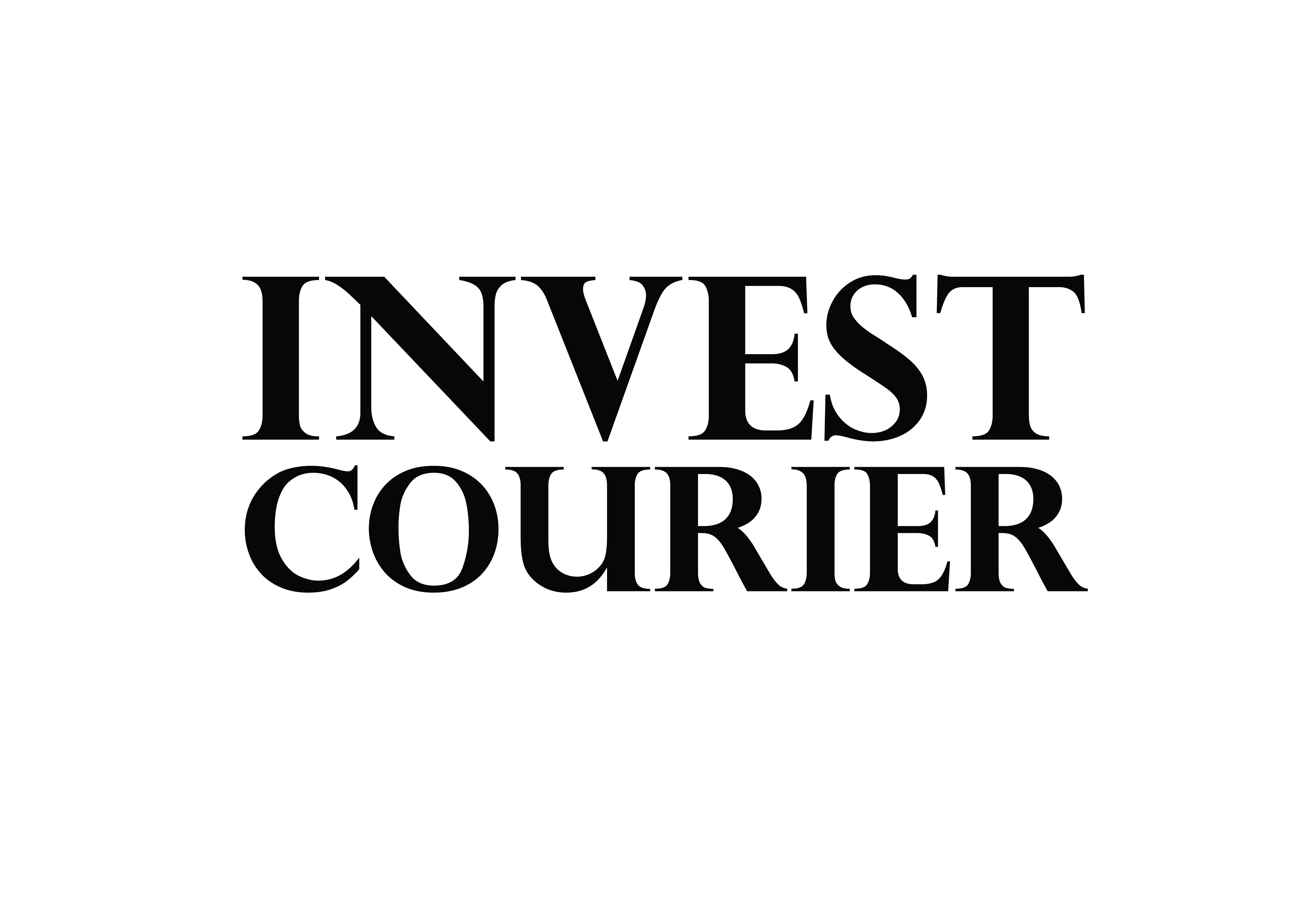Building a strong online presence is no longer optional—it’s a necessity. Whether you’re an entrepreneur, freelancer, or professional, your personal brand defines how others perceive you. A well-crafted digital identity boosts credibility and opens doors to new opportunities.
Standing out in today’s competitive landscape requires strategy. You’ll learn to craft a unique value proposition, choose the right platforms, and create engaging content. These steps help position you as a thought leader while expanding your network.
The benefits go beyond visibility. A polished personal brand attracts clients, partnerships, and career advancements. Let’s dive into actionable steps to elevate your digital footprint.
Key Takeaways
- A strong online presence builds trust and credibility.
- Your personal brand shapes career opportunities.
- Choosing the right platforms maximizes impact.
- Engaging content strengthens your professional image.
- Thought leadership expands your network.
Why Personal Branding Matters in the Digital Age
Your digital footprint speaks before you do. Every post, comment, or profile shapes how others perceive you. In a world where 94% of recruiters screen candidates online, your personal brand isn’t just a luxury—it’s a career lifeline.
What Is a Personal Brand?
It’s the blend of your skills, experience, and personality. Think of it as your professional DNA. A well-defined brand communicates your values and expertise without saying a word.
“Your online presence is your modern-day handshake.”
The Impact of a Strong Personal Brand on Career Opportunities
Professionals with polished profiles see tangible results. For example, LinkedIn users with complete profiles get 21x more views. One marketing director doubled job offers by optimizing her profile and sharing industry insights weekly.
| Statistic | Impact |
|---|---|
| 94% of recruiters use social screening | First impressions are digital |
| 33% faster promotions | Branded professionals advance quicker |
Google searches also play a role. Employers often research candidates before interviews. A consistent brand ensures they find the right narrative—not outdated posts or irrelevant content.
Investing in your brand pays off. It opens doors to speaking gigs, partnerships, and leadership roles. Start shaping yours today.
How to Use Social Media for Personal Branding and Career Growth
Your professional identity is your secret weapon in today’s competitive market. A clear personal brand highlights your unique value and attracts the right opportunities. Start by defining what sets you apart.
Defining Your Unique Value Proposition (UVP)
Your UVP answers: Why should someone choose you? Tech leaders like Satya Nadella focus on problem-solving and niche expertise. Break yours into three parts:
- Problem-solving: How you address pain points.
- Specialization: Your niche in the industry.
- Storytelling: Authentic examples of your impact.
68% of professionals with a clear UVP advance faster. Use a worksheet to map skills to audience needs.
Aligning Your Brand with Career Goals
A marketing executive doubled her promotions by tying her brand to career milestones. For example, she shared case studies when aiming for a director role.
Avoid generic profiles. Instead, tailor content to your goals. A developer seeking leadership might post about team mentorship.
“Your brand should evolve as your aspirations do.”
Track progress by reviewing engagement metrics quarterly. Adjust your strategy to stay aligned with your vision.
Choosing the Right Social Media Platforms
Not all platforms serve the same purpose—pick wisely to amplify your voice. Each channel caters to unique audiences and goals. Align your presence with platforms that match your industry and strengths.

LinkedIn: The Professional Networking Hub
LinkedIn dominates B2B connections, generating 80% of leads compared to Twitter’s 13%. Optimize your LinkedIn profile with these elements:
- Headline: Swap generic titles like “Marketing Manager” for “Data-Driven Brand Strategist | Driving 30% Growth.”
- Summary: Use storytelling—highlight problems solved, not just job descriptions.
“A complete LinkedIn profile is 40% more likely to receive opportunities.”
Twitter/X: Engaging in Industry Conversations
Join trending discussions with targeted hashtags. For tech, try #AIInnovation or #CloudComputing. Real-time engagement builds authority. Share bite-sized insights or curated content to stay visible.
| Platform | Best For | ROI |
|---|---|---|
| B2B networking | High (80% leads) | |
| Twitter/X | Real-time debates | Moderate (13% leads) |
Instagram and TikTok: Visual Storytelling
Visuals drive 650% more engagement than text. TikTok’s algorithm favors career tips, yielding 3x interactions. Use carousel posts to showcase projects or educational content templates.
Balance platforms based on goals. LinkedIn anchors credibility, while TikTok expands reach. Your network grows where your audience listens.
Crafting a Consistent and Engaging Online Presence
Consistency transforms casual viewers into loyal followers. When your online presence feels cohesive across platforms, recognition jumps by 55%. This isn’t about perfection—it’s about creating a familiar experience that reinforces your brand.
Optimizing Your Profiles Across Platforms
Treat every profile like a chapter in the same book. Top performers use this checklist:
- Visual identity: Matching headshots, color schemes, and fonts
- Bio harmony: Core messaging adapted for each platform’s tone
- Link strategy: Cross-reference other profiles (e.g., LinkedIn in Instagram bio)
Compare these approaches:
| Inconsistent | Professional |
|---|---|
| Different photos on each platform | Uniform high-quality headshot |
| Vague descriptions | Clear UVP tailored to platform |
“Audiences remember brands that look the same everywhere—like Starbucks’ green apron or Oprah’s signature style.”
Developing a Content Strategy That Reflects Your Expertise
Posting 3-5x weekly with 70% educational content yields the best engagement. Try this 30-day template:
- Mondays: Industry insights (stats + analysis)
- Wednesdays: Behind-the-scenes skill demonstrations
- Fridays: Engaging questions to spark discussions
Build content pillars like marketing expert Neil Patel:
- Educational (how-to guides)
- Inspirational (success stories)
- Promotional (your services/products)
Buffer data shows ideal posting times vary by platform—LinkedIn peaks at 8 AM, while Twitter thrives at noon. Test what works for your audience.
Building Authority Through Content and Networking
Authority isn’t given—it’s built through strategic actions. Combine valuable content with genuine connections to cement your thought leadership. Decision-makers rely on expertise, with 89% citing it as a key factor in vendor selection.

Creating Valuable Content
Your industry dictates the best formats. Tech professionals thrive with whitepapers, while creatives excel with visual portfolios. A UX designer landed speaking gigs by sharing case studies on Twitter.
Prioritize quality over quantity. For example:
- Blogs: Deep dives with actionable insights.
- Videos: Tutorials or behind-the-scenes workflows.
- Podcasts: Interviews with peers to showcase collaboration.
“Strategic commenting increases profile visibility by 40%.”
Engaging with Peers and Influencers
Meaningful interactions amplify reach. Comment on influencer posts with insights, not just praise. For example, add data to their points or share a related experience.
Pitch guest articles using this template:
- Subject: “Unique Angle on [Topic] for [Publication]”
- Body: Briefly outline your expertise and proposed value.
Virtual events also expand your network. Top picks include:
- Marketing: HubSpot’s INBOUND
- Tech: AWS re:Invent
- Design: Adobe MAX
Leveraging Tools and Analytics for Growth
Data-driven decisions separate top performers from the crowd. The right analytics turn random posts into strategic assets. With 73% of professionals tracking metrics today, those who ignore insights risk falling behind.
Social Media Management Tools
Hootsuite users reclaim 6+ hours weekly—time better spent networking or creating. Compare top platforms:
| Feature | Hootsuite | Buffer |
|---|---|---|
| Post Scheduling | Unlimited | 10/day (free) |
| Team Members | 1 (starter) | 1 (free) |
| Analytics Depth | Advanced | Basic |
“Buffer’s simplicity wins for solopreneurs, while Hootsuite dominates for agencies.”
Tracking Engagement Metrics
Focus on three game-changers:
- Engagement rate: Comments/shares per follower
- Follower growth: Monthly % increase
- Click-throughs: Links driving traffic
One consultant boosted career opportunities by tagging links with UTM parameters. Her data revealed LinkedIn posts generated 3x more interviews than Twitter.
Try this Google Analytics setup:
- Create campaign URLs with UTM builder
- Filter data by “Acquisition > Campaigns”
- Compare performance weekly
Pro tip: A 1% engagement increase landed a designer two job offers last quarter. Track progress with our free analytics template.
Common Personal Branding Mistakes to Avoid
Your online reputation takes months to build but seconds to damage. Research shows 62% of professionals miss opportunities due to inconsistent profiles. Small missteps can undermine credibility across all platforms.
Inconsistent Messaging Across Platforms
Mixed signals confuse your audience. Compare these real bio conflicts:
| Result | ||
|---|---|---|
| “Data Scientist | Machine Learning Expert” | “Coffee addict | Meme curator” | Recruiters dismissed as unprofessional |
| “Sustainable Fashion Advocate” | Fast-haul clothing hauls | Lost partnership with eco-brand |
“Your brand isn’t what you say—it’s what Google shows when someone searches you.”
Neglecting Audience Feedback
Brands that respond to feedback see 25% higher loyalty. Try these tools to listen better:
- Google Alerts (free reputation monitoring)
- Mention (real-time media tracking)
- Brand24 (sentiment analysis)
Transform criticism into growth with this process:
- Acknowledge the feedback within 24 hours
- Identify the core concern (missed values?)
- Implement visible changes when valid
Download our audience feedback review template to schedule monthly check-ins. Track patterns to refine your personal branding strategy.
Conclusion
Standout professionals don’t leave their reputations to chance. Lock in your career growth with these steps:
- 🌟 Define your UVP—what makes you irreplaceable?
- 🌐 Polish your online presence—consistent profiles attract 55% more recognition.
- 📈 Engage strategically—comment with insights, not just likes.
- 🔍 Track metrics—data reveals what’s working.
- 🚀 Network intentionally—collaborate with peers and influencers.
Take inspiration from Sarah, who went from unemployed to CMO in 18 months. She revamped her LinkedIn, shared case studies weekly, and landed interviews with 3 Fortune 500 companies.
Act today:
1. Update one profile headline.
2. Comment on an industry post.
3. Grab our free audit checklist to spot gaps.
Start dominating your niche—your future self will thank you. Leadership begins now.
FAQ
What is a personal brand?
Your personal brand is how you present your skills, values, and expertise online. It shapes how others perceive you professionally and helps you stand out in your field.
Why is personal branding important for career growth?
A strong personal brand boosts visibility, attracts potential employers, and opens doors to new opportunities. It positions you as a thought leader in your industry.
Which social media platforms work best for professional branding?
LinkedIn is ideal for networking, while Twitter/X fosters industry discussions. Instagram and TikTok help with visual storytelling if your field aligns with creative content.
How do I optimize my LinkedIn profile for career advancement?
Use a professional photo, craft a compelling headline, and highlight achievements in your summary. Regularly share insights and engage with industry leaders.
What type of content should I post to build authority?
Share industry trends, insights, and case studies. Mix formats—articles, videos, and infographics—to showcase expertise and engage your audience.
How often should I post on social media for branding?
Consistency matters more than frequency. Aim for 3-5 high-quality posts per week across platforms to stay relevant without overwhelming your audience.
What tools can help manage my online presence?
Tools like Hootsuite and Buffer schedule posts, while analytics features track engagement. Use these insights to refine your strategy over time.
How do I network effectively on social media?
Engage with peers by commenting on their posts, sharing valuable content, and joining industry discussions. Authentic interactions build lasting connections.
What are common mistakes to avoid in personal branding?
Inconsistent messaging or neglecting feedback can weaken your brand. Stay true to your values and adjust based on audience responses.


